I am a beginner in the field of soldering. Two weeks ago a bought a brand new soldering iron for around $15. The iron had a shiny tip, but after I plugged it in it turned black pretty quickly. After doing some research, I found out that this type of soldering iron is made of a copper core with a thin iron coating. The iron coating is needed because, to my understanding, copper corrodes quickly when in contact with hot solder. However, at high temperatures, iron reactas with oxygen and forms a super thin oxide layer on the tip of the soldering iron, which makes soldering really difficult.
Essentially, the solder melts only at the top of the tip, and starts rolling into a ball. It will barely melt at the absolute tip. I have tried using a wet sponge to clean it off, as suggested by the internet, but that doesn't do anything (the sponge is apparently supposed to be used to clean solder rests from the tip and not oxidation anyway). Another internet tip was to gently scrape that layer off with a knife until the iron covering is revealed, turn the soldering iron on, and once it heats up immediately cover it with solder to prevent oxidation. Well, I tried that too, but as soon as the iron heats up, it turns black and repels the solder.
I have heard about using flux (soldering paste) but my solder already has a flux core.
In the two pictures you can see the iron before/after being turned on, (after I had scraped it with a knife). You can clearly see how it loses its shine.
How do I remove this oxide layer without a knife (which risks damaging the iron coating) and prevent it from reoccurring?
(To reiterate, I am a beginner, and I don't want to spend $100 on a fancy, temperature controlled iron. I just want to solder some components to a thru-hole board without buying a new tip every time in need one.).
Thank you very much for your time!
